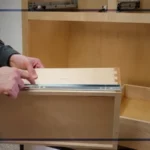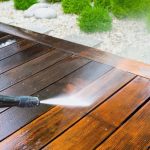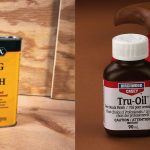What To Do If Polyurethane Won’t Dry (Everything You Need To Know)
Polyurethane is a coating that protects wood from moisture, wear, and other elements. However, sometimes the polyurethane takes a lot of time to dry or may end up not drying at all.
So, what to do when polyurethane won’t dry? You should use a drying poly finish. And ensure that the coat is thin-layered. Then let the polyurethane dry in a low-humidity area that has a room temperature of about 65 degrees to 80 degrees Fahrenheit.
In this article, we’ll discuss more details about what you can do if your polyurethane doesn’t dry, what triggers it not to dry, and what you can do about it.
What To Do When Polyurethane Won’t Dry?
If your polyurethane won’t dry, you can try speeding up its drying ability by warming the floor with a blow drier or a heat lamp. However, this method won’t speed up the process as much.
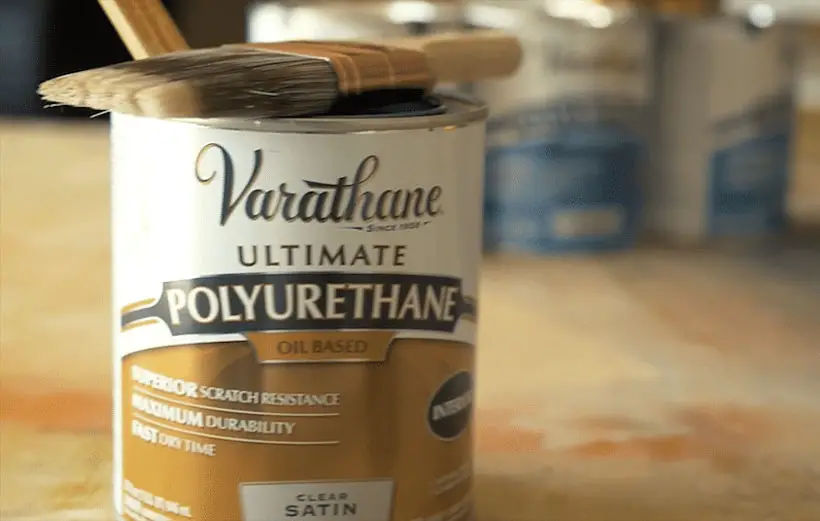
- If you require a faster method that leaves much less room for your polyurethane not to dry, you should strip off the floor by using a strong solvent, e.g. acetone or even a lacquer thinner.
- Wipe out the floor by using acetone or naphtha before applying the polyurethane to remove natural oils.
- After the solvent has completely dried, you can now apply polyurethane. The oil in the wood is sealed by the first coat of shellac, and it is faster to dry up on exotic trees.
It takes the oil a week to dry and you are permitted to sand back the floor as you start the procedure again. The process results in a strong bond adhering polyurethane to wood.
Note that there are several things to consider to ensure your polyurethane does not take longer to dry.
- For instance, you should check out the climate to see if it is suitable for polyurethane to dry. Searching for information about previous stains will help you confirm it is compatible with polyurethane.
- Also, look at the date of expiry of the product, mix its contents properly, and avoid thick coats as much as possible. Instead, stick to numerous thin layers.
What Causes Your Polyurethane Not To Dry?
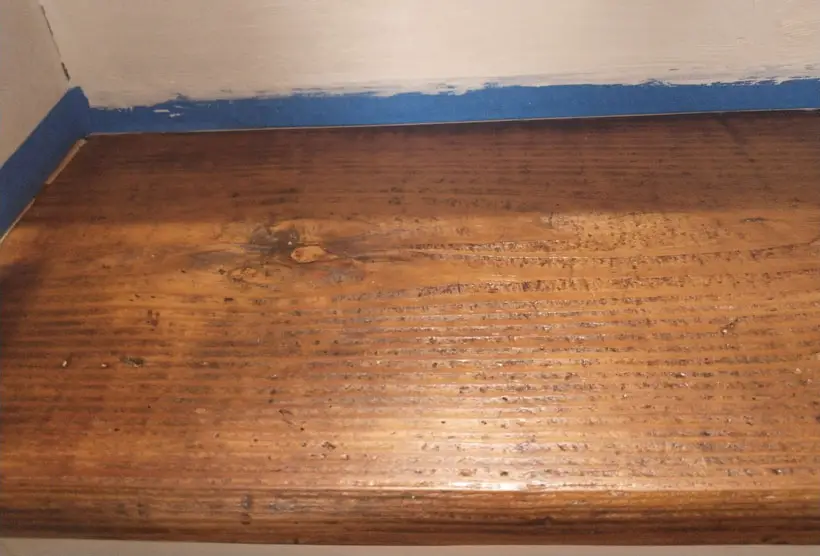
The following are the main causes as to why your polyurethane won’t dry.
Lack of enough time
There are two different types of polyurethane coats namely water-based and oil-based polyurethane coats. Each of these coats requires a particular time for drying.
If you’re not sure which type of coat you are using, you may be unable to give your polyurethane enough time to dry.
- Water-based polyurethane usually takes about four to six hours and can go to about two weeks.
- However, the oil-based polyurethane takes about twenty-four hours to about thirty-first days to dry.
Low room temperature
A quick-drying polyurethane takes approximately four to six hours when drying at room temperature. So, if the climate becomes too cold, it will take more time to dry.
Too thick coating
When applying polyurethane, you are supposed to brush each coat thinly using a foam brush or a natural bristle brush.
You may also apply additional coats each equal to the previous one in case you want the polyurethane to give much protection.
Thin coats improve drying speeds compared to thick polyurethane coats.
No air movement
It is important to let the polyurethane dry at a place that has some movement of air.
You can open the windows or place the wood out to dry and for the sticky coat to get away.
Factors Influencing the Drying Time Of Polyurethane
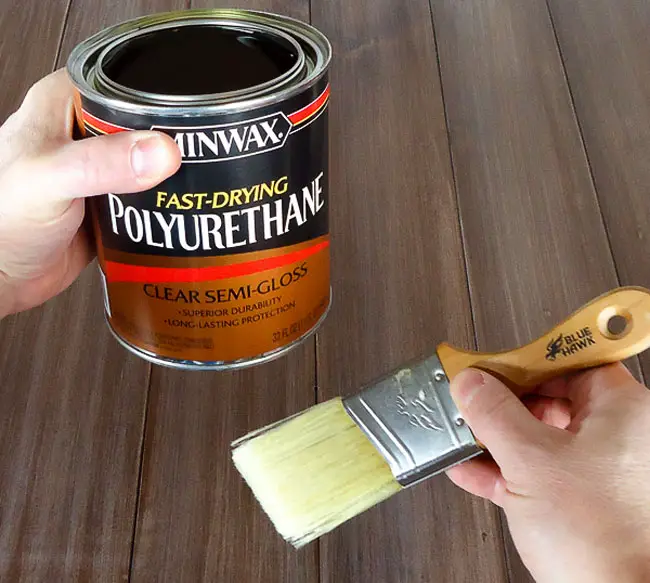
Apart from the usual fact that water-based polyurethane dries faster than oil-based, other factors determine the drying time of polyurethane. These include
- Polyurethane type: It is advisable to go for a water-based polyurethane if you want a quick-drying finish. This type takes only about six hours to dry. And after this duration, it is ready for sanding or a second finish layer.
This is unlike the oil-based polyurethane, which will take about twenty-four hours to dry and be ready for sanding.
- Type of wood: It is crucial to choose a good wood for furniture when determining the drying time of polyurethane. Aromatic cedar or rosewood are ideal options because they don’t crosslink faster, which is an important aspect of the polyurethane drying time.
- Temperature and humidity: High temperature and humidity of 45% to 60% enable polyurethane to dry faster. It has been proved that polyurethane dries at a rate of 65 degrees to 80 degrees Fahrenheit but when it is at high temperatures, it dries faster.
- Wood surface: A proper wood surface enables the polyurethane to dry quickly and be ready for another sanding or layering. However, a rough wood surface does not absorb the polyurethane and can take an extended time to dry up well.
Can You Speed Up Polyurethane Drying Time?
Yes, you can speed up your polyurethane drying period by simply using a higher heat source (e.g. a blow-dryer) or airflow (e.g. a fan).
But it’s good to know that when your polyurethane dries much quicker, it begins to have some cracks. And you will end up spending a lot of time trying to sand the cracks later.
To avoid this, we advise you to buy a quick-drying polyurethane and use it properly from the beginning to enable it to dry faster.
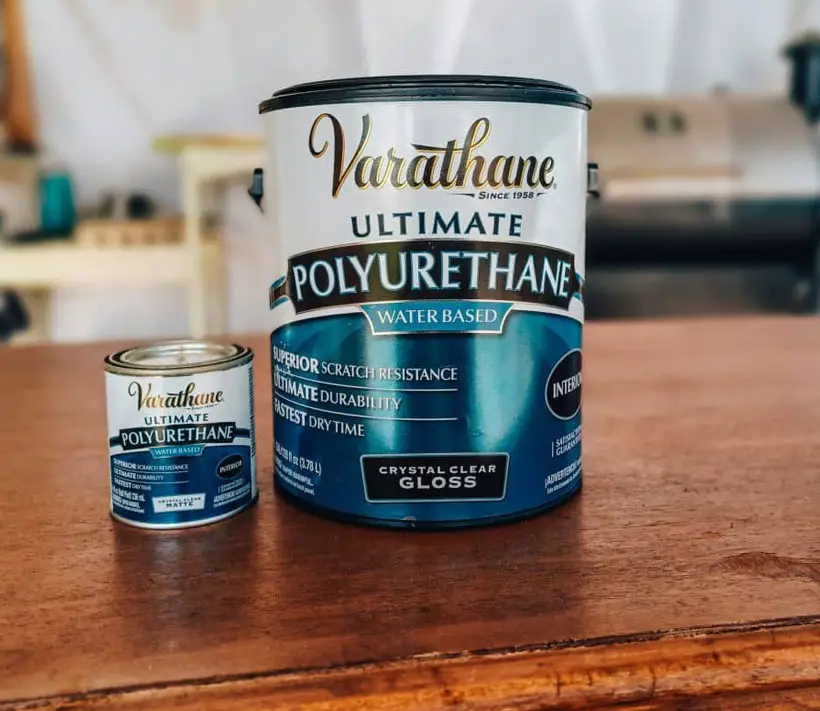
FAQs
Here are some frequently asked questions about polyurethane not drying:
Q: Can I sand tacky polyurethane?
Sanding tacky polyurethane is a bad idea as doing so will only make it even stickier and create a pure mess. You should wait until the polyurethane has fully cured and hardened before sanding it.
Q: Can you apply another coat of polyurethane when the previous one is not dry?
No. You should not apply a new coat on top of the previous one because you will be left with a much thicker coat, which will consume much time to dry.
It is also good to let the first coat dry well because you will be able to discover any rising issues quickly.
Q: How can you know if polyurethane has dried?
When oil-based polyurethane is dry, it has no smell and when you touch it, it no longer feels tacky. When the water-based polyurethane is dry, it no longer feels cool when touched.
Conclusion
From the above guide, we have seen that you only have to check a few things before applying your polyurethane for it to dry up properly. Ensure you have decreased the humidity and increased the temperatures, use a quick-drying poly finish, and ensure that every coat is thin–layered
Also, ensure you have given your polyurethane enough time to dry up well before applying it to your wood. And ensure you have selected the ideal type of wood.

